Nice work with the model there Doug! Also thanks for the info on what you have found so far with intercooler sizes. I think I will go for the 73mm thick cores from ARE, I'll decide in the coming days. Not sure if you realized - i'm doing a top mount intercooler so I won't be touching the radiator.
I've been trying to dream up a way to have a system so that at low speed thermo fans force air over the intercoolers and at high speed the air is rammed in due to velocity bypassing the thermo fans and going through the intercoolers. But I haven't been able to figure out a simple way without doing a very complicated 2 way valve...
Anyway, I was only able to spend 5 hours in the workshop this weekend. It firstly involved me getting the engine running on MS3 with MS3 controlling the EDIS module advance angle - I got that sorted.
Then I needed to flash the MS to the latest development code so that I have access to fuel temperature and pressure correction - this is necessary so that the change in pressure and temperature of the LPG vapour can compensated in injector opening times. Anyway, I got the engine successfully running with that code so I can now proceed with the next bits.
The next step in getting the engine sorted is a cam angle position sensor. I found on some other forums that the Ford 3.0L V6 cam position sensor makes an ideal candidate.
Here is the Ford Cam sensor beside the Rover distributor:
Disassembly:
I jumped on a lathe and parted off the top portion of the Ford Cam sensor and the bottom portion of the rover distributor:
This is how everything will be put back together:
From top to bottom:
Rover top shaft bush
Ford top housing
Rover bottom housing
Rover Drive gear & shaft
That's all I had time to do, next week i'll continue the machining & hopefully finish the cam position sensor.
Questions & a favour
- Does anyone have a spare Edis 8 connector? - I broke the clips on mine
- Does anyone have a connector to suit the Ford 3.0L V6 cam sensor??
- Does anyone have an old windows XP/7 laptop that I could borrow? - I'm using my computer (Surface Pro 2) but it's covered in magnets which is bad in a workshop with iron filings everywhere!




 Reply With Quote
Reply With Quote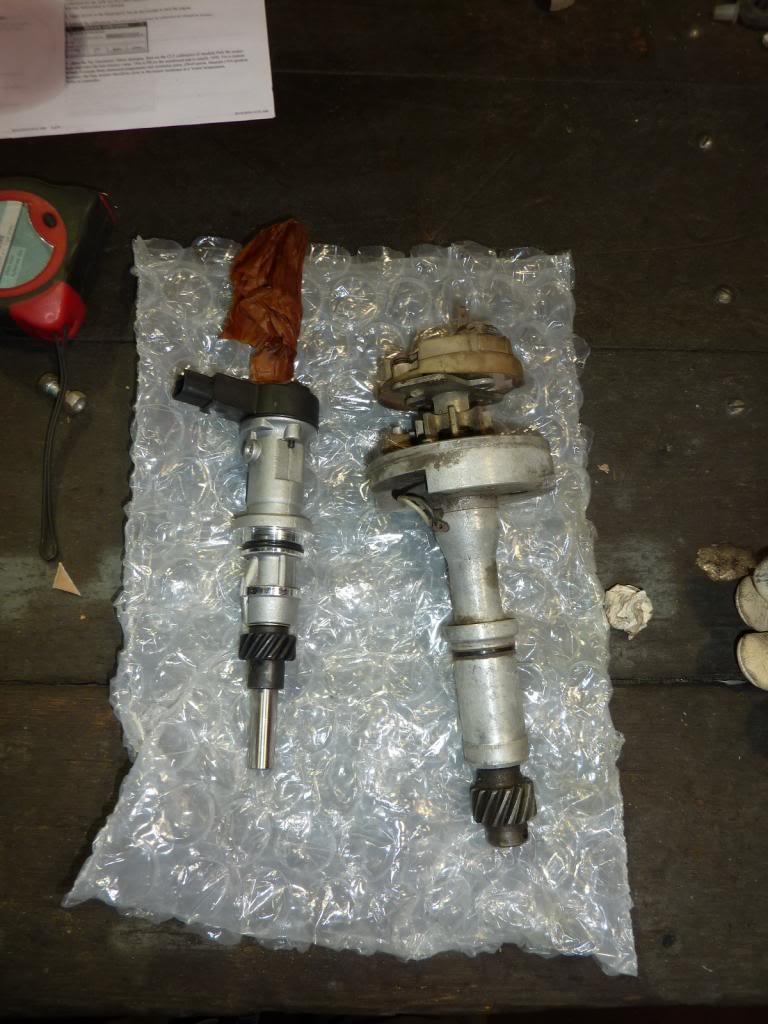
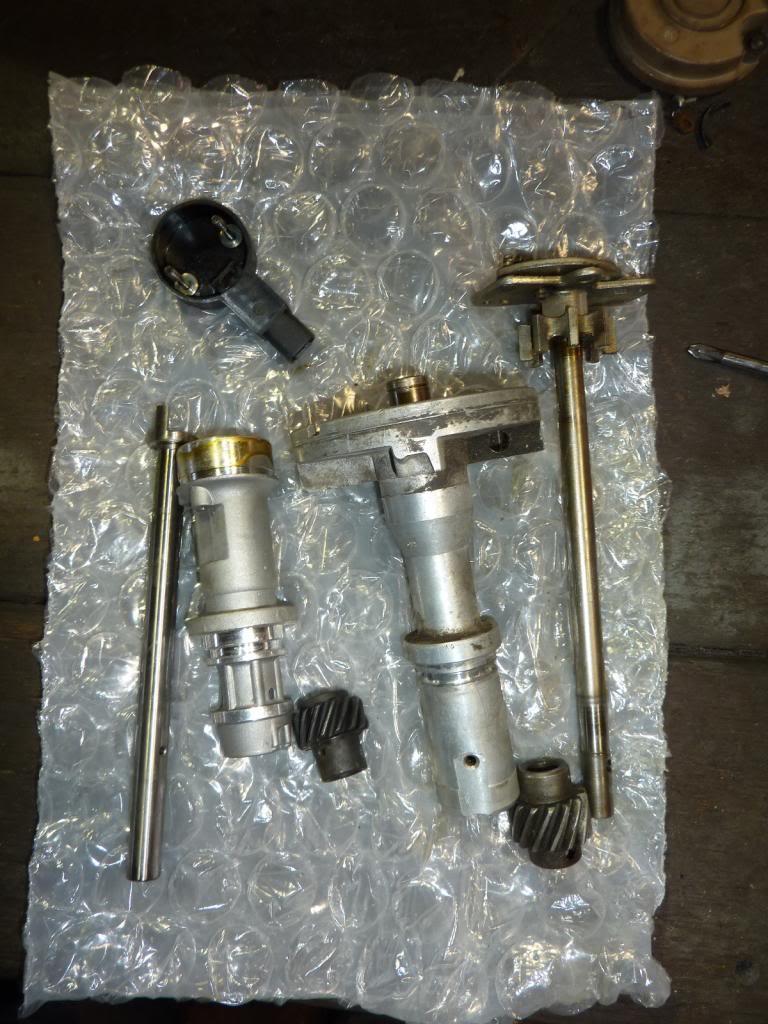

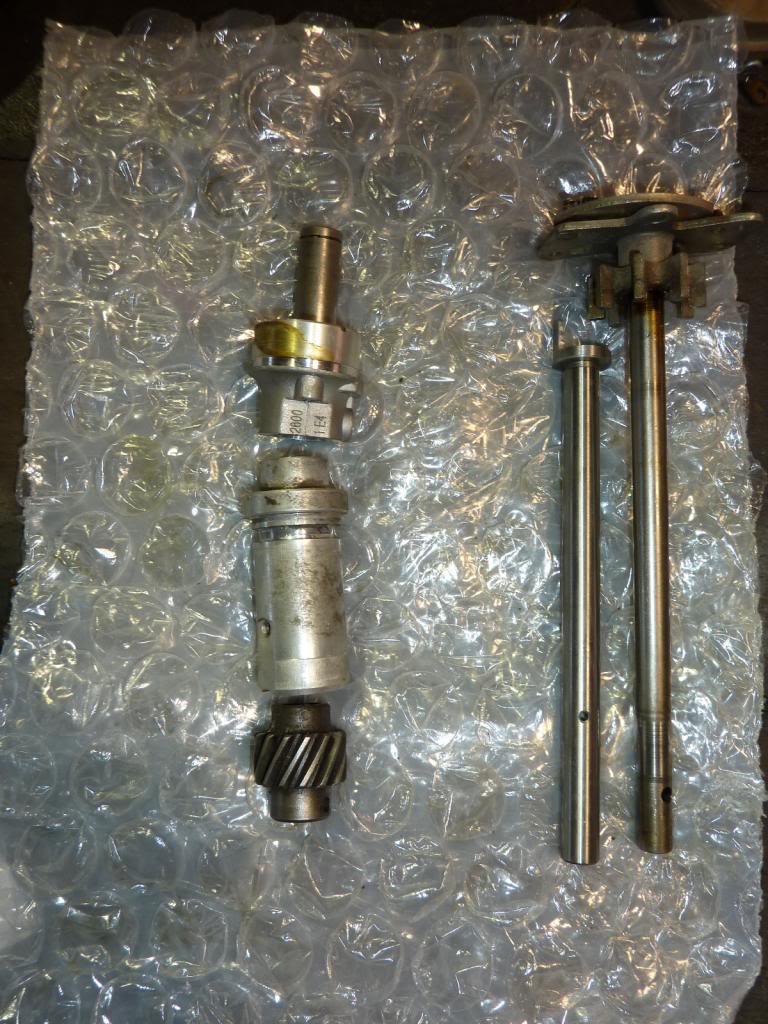

 though I don't work in that industry.
though I don't work in that industry.

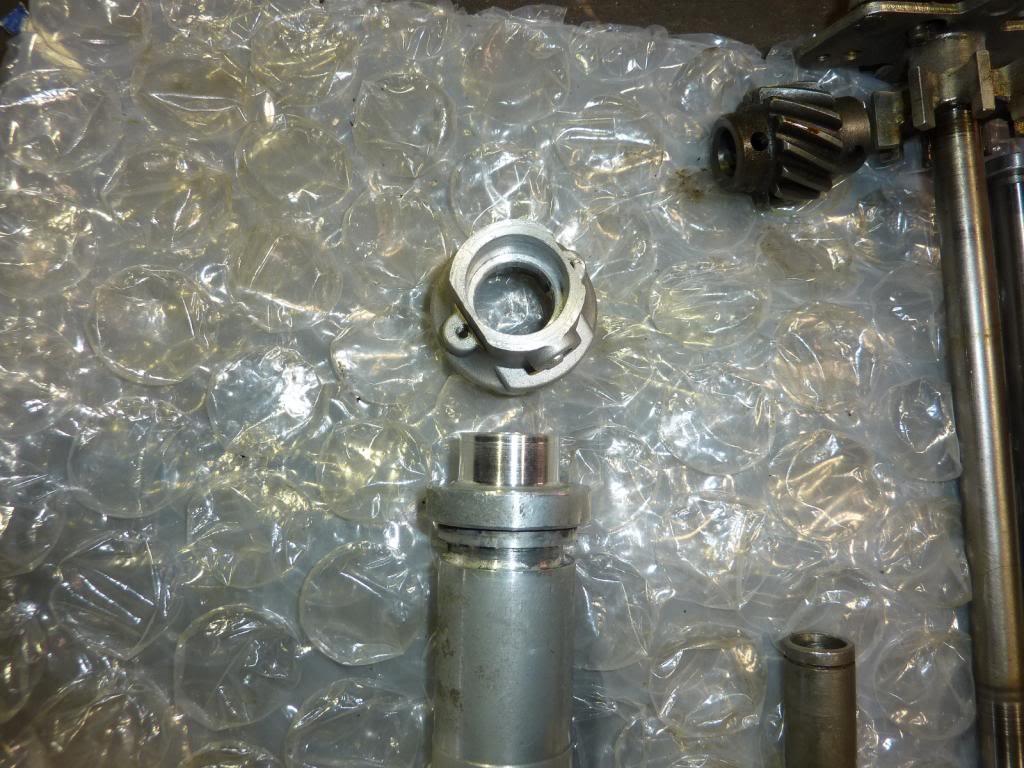
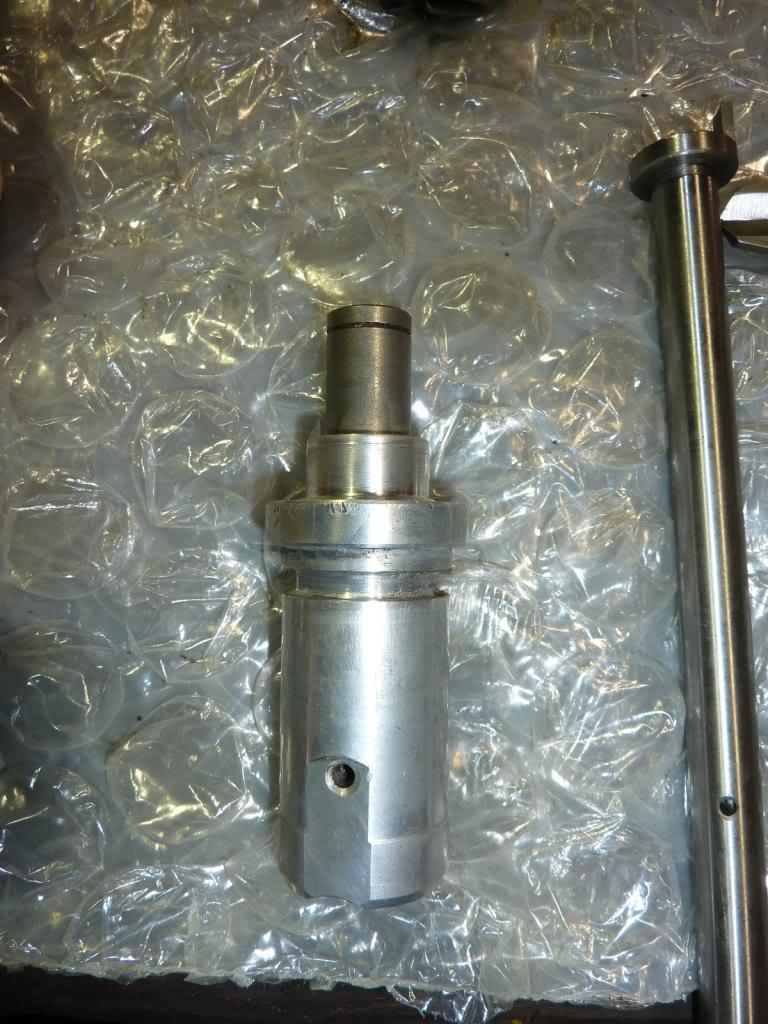



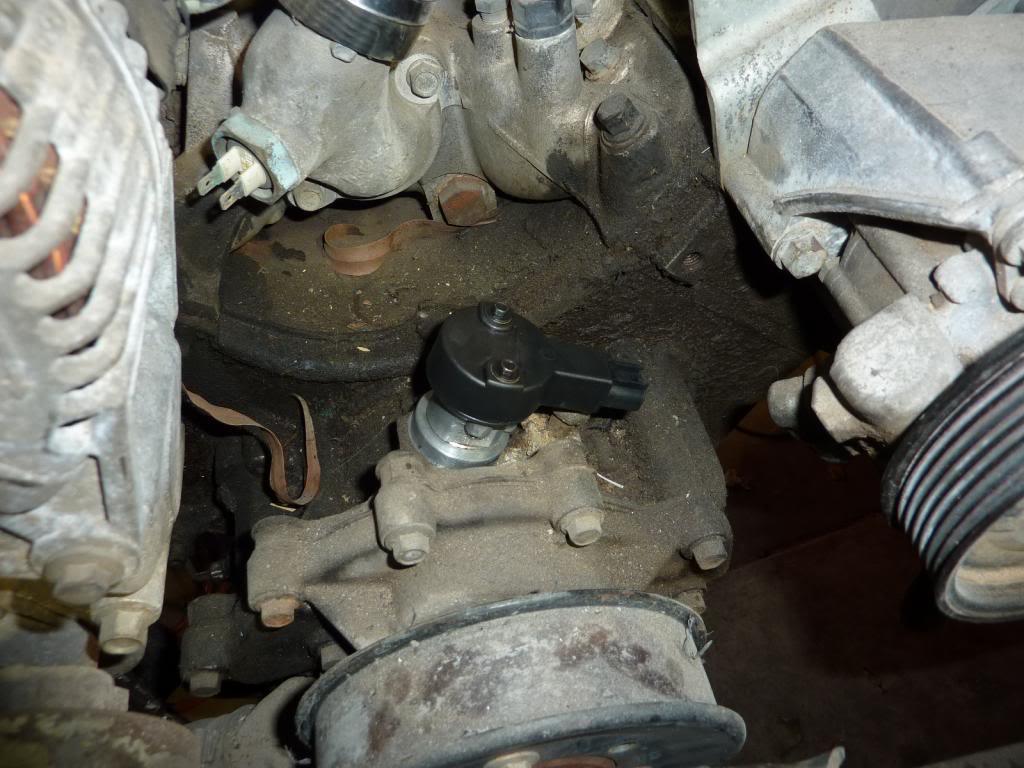
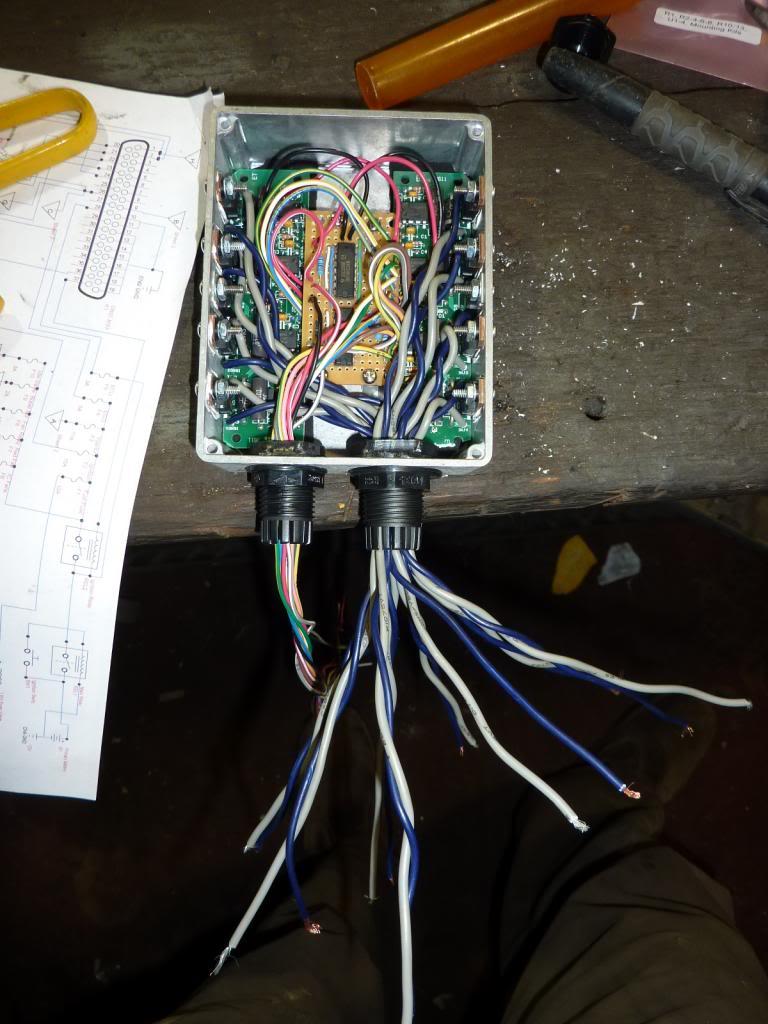

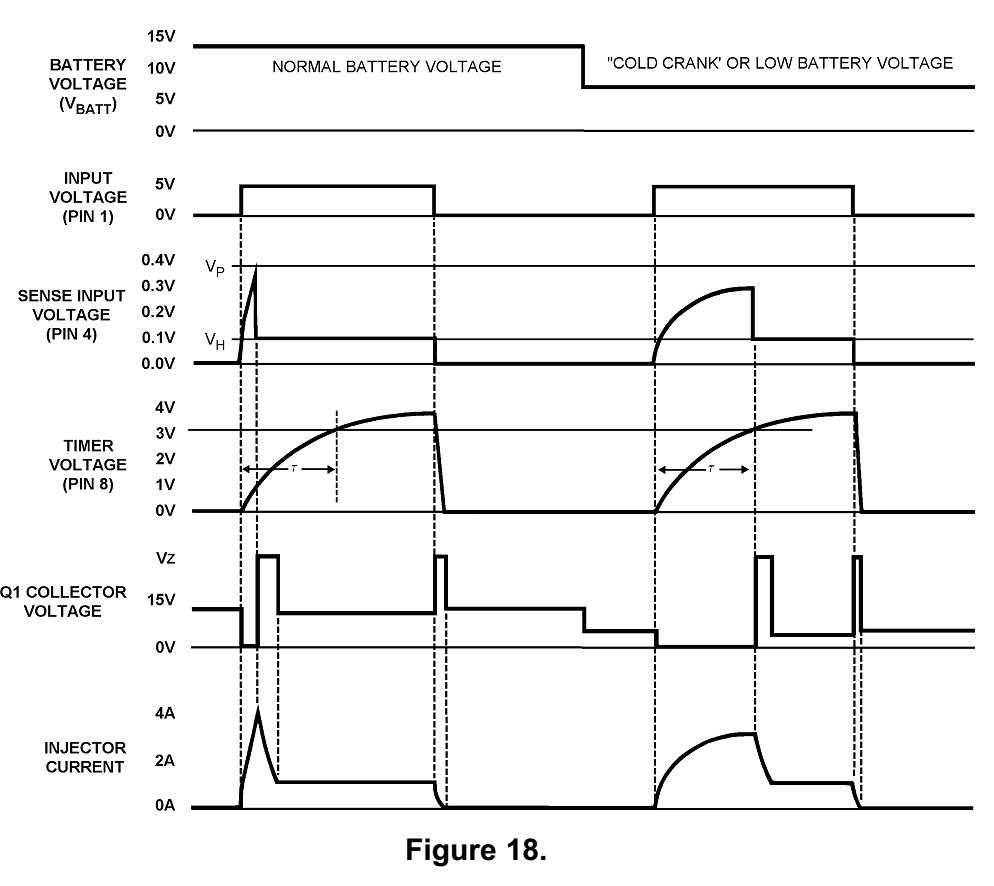

Bookmarks